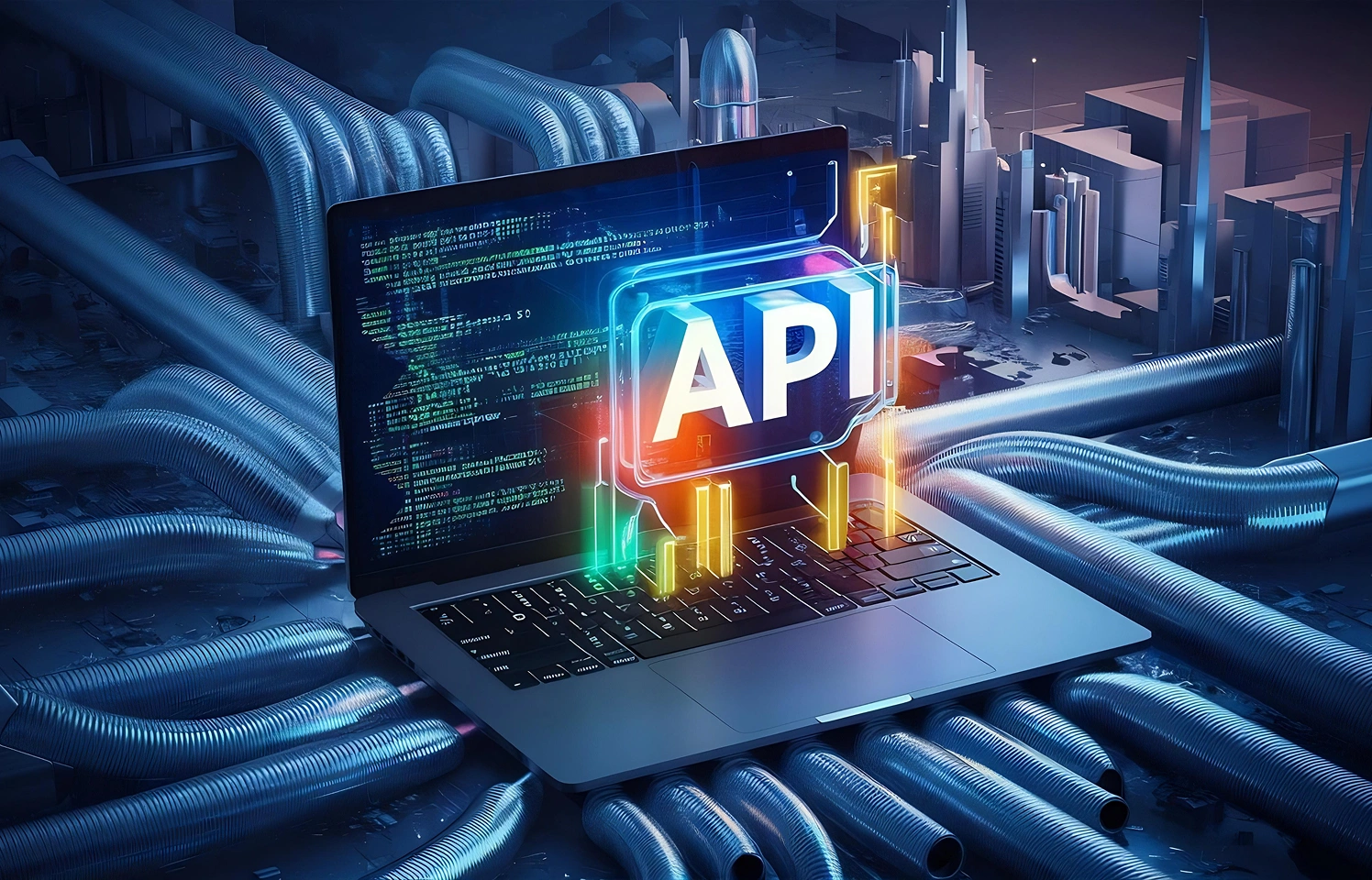By: Nilesh Jain
|
Published on: May 6, 2025
When software systems started shifting from monoliths to microservices, everything
changed—including how we test. For companies delivering products at scale, API Testing is no
longer a technical checkbox—it’s a frontline defense, a performance gatekeeper, and a silent
deal-maker in customer satisfaction.
At Vervali, we’ve seen firsthand how API Testing
transforms product reliability and speeds up releases. If you're building or scaling
microservices, API Testing is not just important—it’s essential.
Microservices: Agile, But Demanding
Microservices break down software into smaller, independent units that communicate via APIs.
This sounds great for flexibility and faster deployment cycles, but it comes with a
tradeoff—more moving parts mean more room for error. A broken API in one service can impact the
functionality of an entire product suite.
This is where Microservices Quality Assurance kicks in. Unlike traditional QA, microservices
testing needs a sharp focus on APIs—testing not just the response, but also how APIs behave
under load, integrate with others, and recover from failure.
Why API Testing Takes Center Stage
Here's why companies are investing heavily in API Test Automation and API Monitoring Tools:
1. Early Detection of Failures
Unit and UI tests often miss issues in service-to-service communication.
API Testing allows early detection by simulating how microservices interact—
cutting down the debugging cycle and preventing last-minute fire drills.
2. Performance Under Pressure
Using API Load Testing, we simulate real-world traffic. This helps identify
bottlenecks and measure key API performance metrics such as latency, response time,
and throughput. In today’s market, even a 2-second delay can cost conversions.
3. Security Isn’t Optional
Exposed APIs are common attack vectors. With
API Testing,
we identify vulnerabilities like data leakage, broken authentication, or misconfigured headers before attackers find them.
This is especially vital in industries handling user data, finance, or healthcare.
4. Faster Releases with Confidence
By integrating API Testing into CI/CD pipelines, teams catch bugs earlier, automate regression suites,
and reduce manual testing costs. This keeps your DevOps engine running smoothly and helps you deploy
faster without compromising quality.
Our Process at Vervali
We don’t just offer API Testing—we align it with your goals. Whether you need
to validate your REST APIs, monitor post-deployment, or scale your testing through automation—we
craft a strategy that works.
Our services include:
-
REST API Testing using tools like Postman, JMeter, and Karate
-
Automation Testing for API regression scenarios
-
Architecture Testing to validate inter-service communication
-
Integration Testing across internal and third-party APIs
-
Security Testing for OWASP API Top 10 risks
-
Accessibility Testing to ensure all users can interact with your
systems
-
Performance Testing to simulate high-traffic conditions
Whether you’re building a fintech platform or scaling a healthcare product, we help you ship
software that works—under pressure, at scale, and with trust.
Talk to our API Testing Experts.
Common Use Cases
We’ve worked with startups and enterprises across industries. Some examples of how API Testing
made a difference:
-
Fintech App: Reduced downtime during monthly settlements by
catching a broken currency conversion API pre-release.
-
Ecommerce Platform: Scaled to 10x user load after running
targeted API Load Testing on cart and checkout endpoints.
-
Healthcare SaaS: Passed HIPAA audits with help from API Security
Testing and encryption validation.
Postman Isn’t Just for Manual Testing
Many still think of Postman as a quick test tool. But paired with automation suites, it becomes a
powerful regression testing engine. Our team integrates Postman with CI pipelines to auto-run test
scripts for every build—saving hours of QA effort every week.
Planning Your API Testing Strategy?
You don’t need to test everything at once—but you do need a plan. Here’s a basic starter framework:
| API Testing Area |
Focus |
Tool Suggestions |
| Functional Testing |
Valid input/output |
Postman, Rest Assured |
| Load Testing |
Peak performance check |
JMeter, BlazeMeter |
| Security Testing |
Threat simulation |
OWASP ZAP, Burp Suite |
| Integration Testing |
Service-to-service flow |
Karate, SoapUI |
| Regression Testing |
Post-update health check |
Newman (Postman CLI) |
Send us your current stack and goals. We’ll tell you where the cracks are before they
turn into outages.
Why Clients Choose Vervali for API Testing
We’re not just a Software Testing Company. We’re your QA
partner—dedicated to delivering faster releases, fewer production issues, and better customer
trust.
-
In-house expertise across major industries
-
Rapid onboarding with domain knowledge
-
Transparent reporting & real-time dashboards
-
API Monitoring for live performance tracking
Let’s test, track, and grow—together.
Conclusion
API Testing is no longer optional for microservices—it’s the backbone of system reliability. At
Vervali, we combine strategy with execution, ensuring your APIs are tested not just for function,
but for performance, security, and stability.
Whether you’re launching a new platform or scaling existing systems, it’s time to prioritize your
API layer.
Start testing smarter with Vervali’s API Testing Services.
Frequently Asked Questions (FAQs)
API Testing validates how services interact in a distributed system,
preventing bugs that UI or unit tests may miss.
Popular tools include Postman, Rest Assured, JMeter, SoapUI, and Newman.
It simulates peak traffic to ensure your services perform well under
load, helping you avoid crashes in real scenarios.
Integration Testing checks interaction between services, while API
Testing focuses on the behavior and data exchange of APIs specifically.
Every release cycle. Automated regression testing helps catch bugs
introduced in new builds.
Yes, especially functional and regression tests. Automation speeds up
feedback and supports continuous integration.
We bring industry-specific expertise, flexible delivery models, and deep
API-focused testing capabilities.
Postman, when combined with Newman (its CLI), allows running automated
test scripts in CI/CD pipelines.
























































































